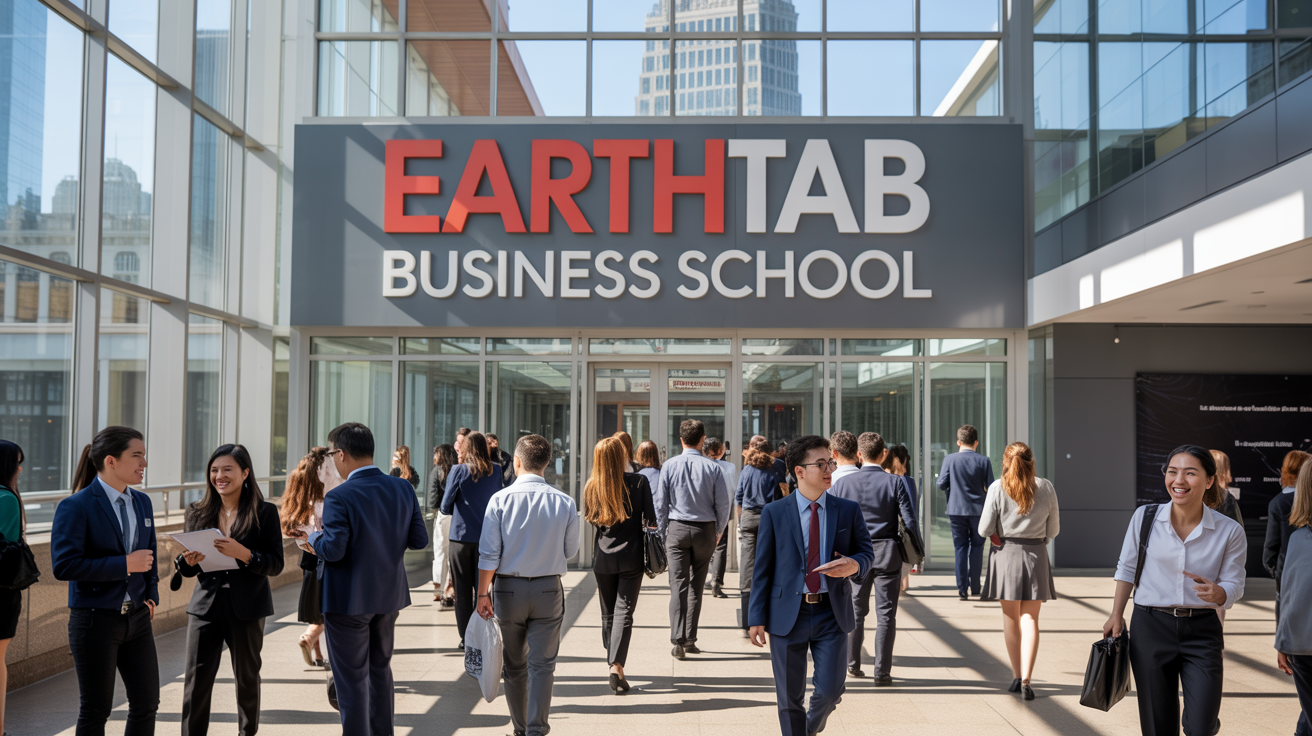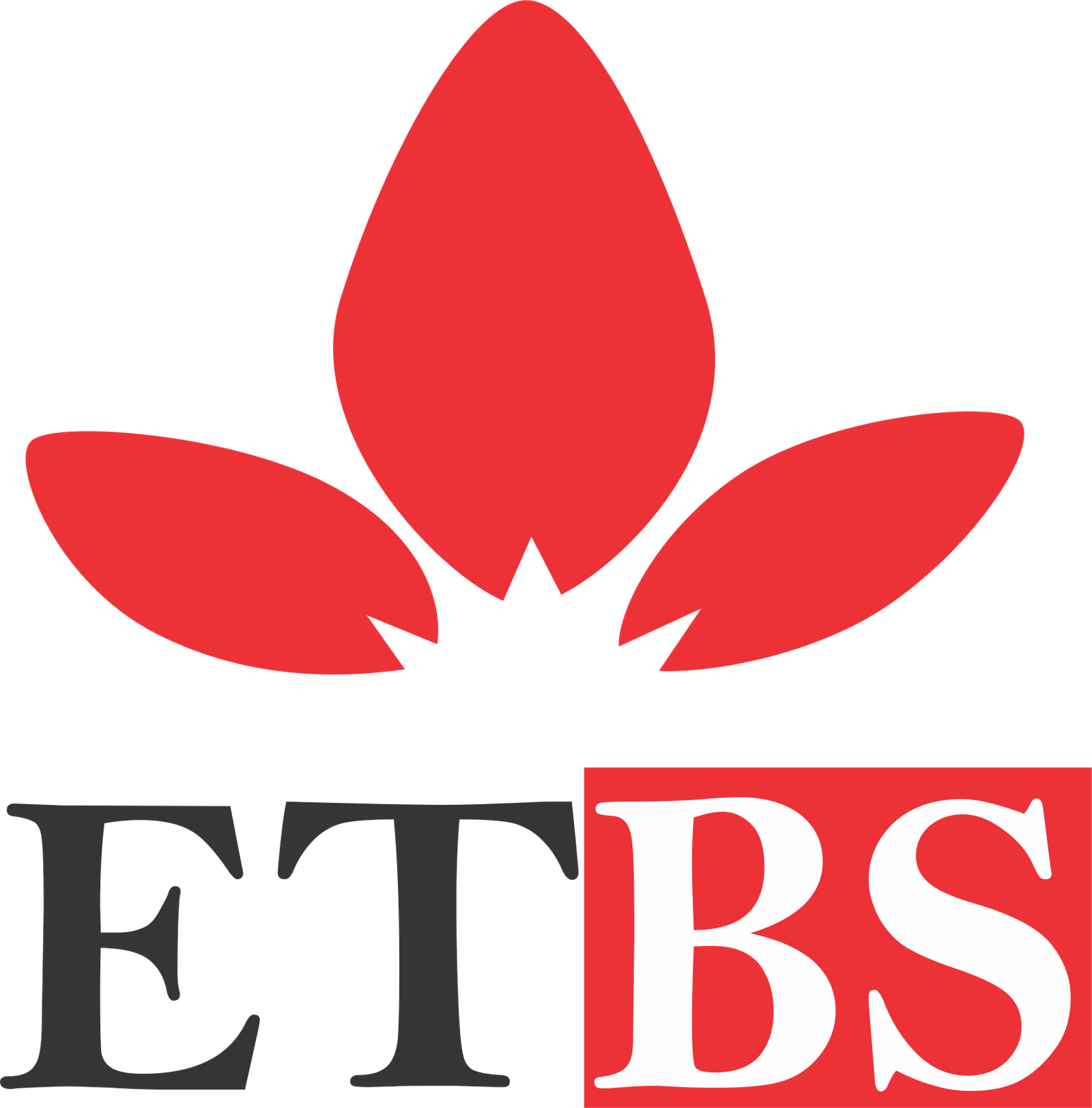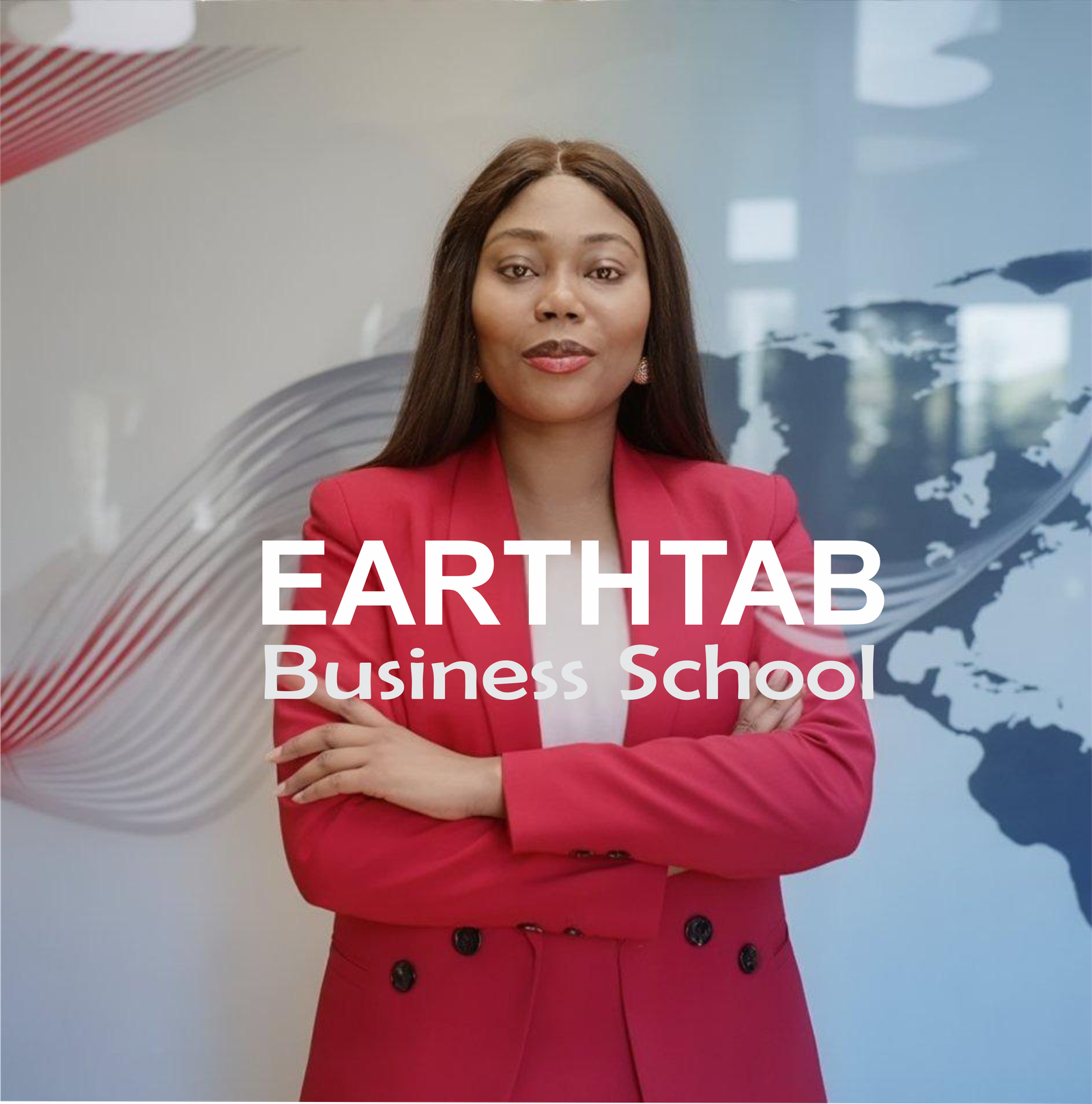 EarthTab Business School
EarthTab Business School
☰
|

Course Overview Welcome To Earth Tab Business School. My name is Robert Jones and I will be your Course Preceptor For Production Process: Pre to Post. “Production Process: Pre to Post” is an intensive, expert-level course designed to provide a holistic and in-depth understanding of the entire filmmaking pipeline, from the earliest stages of creative conception (Pre-Production) through the complexities of shooting (Production) and culminating in the refinement, polish, and distribution strategies (Post-Production). This course is structured for those aiming to master the technical, logistical, artistic, and managerial intricacies of film production at a professional level. Whether for cinema, streaming, TV, or branded content, this curriculum blends film theory, real-world industry practices, project management, and creative problem-solving to deliver a robust foundation for aspiring producers, directors, cinematographers, editors, and production coordinators. Each module unpacks the layered decisions involved in bringing a script or concept to the screen, emphasizing collaborative workflows, budgetary efficiency, narrative coherence, and visual storytelling precision. From budget drafting to final color grading, you will analyze how every phase of production is interlinked and how choices made in pre-production can dramatically affect both the aesthetic and logistical outcomes in post. By the end of this course, you will be able to: Master the organizational, creative, and legal requirements of pre-production. Plan and manage complex shooting schedules, casting, location scouting, and technical rehearsals. Apply professional standards in cinematography, directing, sound capture, and set protocol during production. Understand the core post-production workflows, including editing, sound design, visual effects (VFX), color correction, and rendering. Evaluate the impact of creative decisions across the production timeline. Use production management software and workflow strategies effectively. Troubleshoot common production challenges with proactive, collaborative leadership. Prepare a project for festival submission, theatrical release, or OTT distribution. The course is divided into three comprehensive production phases, each with multiple submodules, case studies, technical labs, and project-based assessments. This section covers the foundational planning that shapes the entire project. It is the strategic and creative backbone of any production. Script Breakdown & Analysis Budgeting & Financing Scheduling and Production Calendar Casting & Talent Negotiation Location Scouting & Permits Hiring Crew & Departments Previsualization & Storyboarding Production Design Planning Risk Management & Insurance Production is the most resource-intensive and time-compressed phase, where the plan becomes reality. Set Hierarchy and Chain of Command Camera Department Operations Lighting and Grip Blocking and Rehearsals On-Set Audio Capture Data Management & DIT Workflow Set Etiquette & Professionalism Troubleshooting Onset Challenges Continuity Monitoring Post-production is where the captured material is shaped into a cohesive, emotionally resonant, and polished final product. Editing and Assembly Picture Lock and Revisions Sound Editing and Design Music Scoring and Licensing Visual Effects (VFX) Color Correction and Grading Title Design and Graphics Final Rendering and Delivery Legal and Archival Requirements Marketing and Distribution Readiness Case Study 1: The Pre-to-Post Journey of Mad Max: Fury Road Case Study 2: Micro Budget Production of The Blair Witch Project Capstone Project: Students develop a short film or scene from concept to final delivery, complete with documentation. Industry-standard software: Final Draft, Movie Magic, ShotDeck, Adobe Premiere Pro, DaVinci Resolve, Pro Tools Technical mastery: Lensing choices, set lighting, waveform monitors, sync workflows Project Management: Gantt charts, asset logs, legal documents Creative fluency: Mood boards, shot composition, tone and style guides Problem-solving: Adaptability in chaotic environments Professional development: Etiquette, leadership, communication This course is tailored for: Aspiring and intermediate filmmakers Film and media students Directors and producers Editors and post supervisors Cinematographers and production designers Media entrepreneurs looking to produce original content YouTubers and content creators looking to scale their production quality Weekly assignments and production reports Peer-reviewed production planning documents Capstone Project submission with full pre–post documentation Certification of Completion upon successful final evaluation “Production Process: Pre to Post” offers more than a technical manual; it is a philosophy of structured creativity an intensive mentorship into the orchestration of cinematic experience from the blank page to the silver screen.You walk away not just with theoretical understanding but with real-world, portfolio-ready artifacts, a professional mindset, and the confidence to lead or contribute meaningfully on any production independent, studio, or commercial. I look forward to congratulating you upon the completion of this course.Course Title: Production Process: Pre to Post
Learning Objectives:
Course Structure:
SECTION 1: PRE-PRODUCTION (The Blueprint of Storytelling)
Topics Include:
(Themes, tone, mood, shot planning, and narrative mapping)
(Cost estimation, pitching, investor packages, contingency funds)
(Call sheets, Gantt charts, software like Movie Magic Scheduling)
(Auditions, contracts, union rules, availability)
(Scouting reports, weather risk, insurance liabilities, aesthetic relevance)
(DP, ADs, Gaffer, Grip, Sound team, Art Direction, Line Producer, etc.)
(Animatics, mood boards, tech scouting)
(Set builds, props, costumes, period accuracy)
(Crew safety, legal clearances, COVID protocols)SECTION 2: PRODUCTION (The Execution Phase)
Topics Include:
(Role of 1st AD, Unit Production Manager, Script Supervisor, etc.)
(Camera types, lens choices, sensor formats, filters)
(Lighting plots, modifiers, exposure control, day-for-night)
(Movement choreography, director-actor collaboration)
(Boom operation, lavs, timecode sync, ambient sound)
(Redundancy, metadata, transcoding, LUTs)
(Walkie protocols, onset communication, quiet on set, safety)
(Weather, actor no-shows, gear failures, lighting mismatches)
(Script supervision, wardrobe tracking, spatial logic)SECTION 3: POST-PRODUCTION (The Sculpting Room of the Film)
Topics Include:
(Rough cuts, continuity editing, rhythm and pacing)
(Feedback loops, test screenings, finalization stages)
(Dialogue cleaning, ADR, Foley, ambient layering)
(Original composition vs. needle-drop, rights clearance)
(Compositing, chroma key, tracking, match-moving)
(DaVinci Resolve, color theory, LUT applications, mood shaping)
(Kinetic typography, credit formatting, subtitles)
(DCP, ProRes, web formats, frame rates, audio channels)
(Clearances, M&E tracks, metadata, festival specs)
(Trailers, posters, digital strategy, festival submissions)Case Studies and Capstone
Skills and Tools Acquired
Who Should Enroll?
Assessment and Certification
Conclusion

Unlocking Professional Potential through world-class assessments and industry-ready training.
"Empowering Professionals through practical, accessible online business education"
- Blessing Princess Agho
 Founder/Lead Instructor
Founder/Lead Instructor